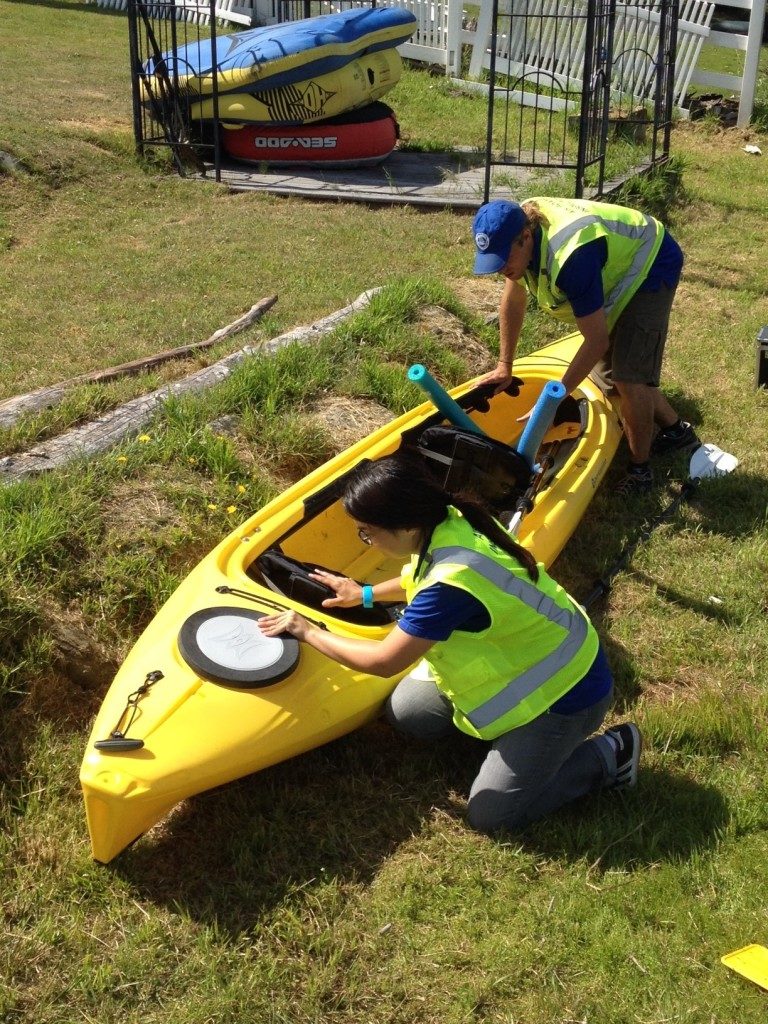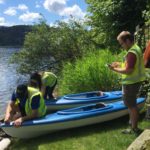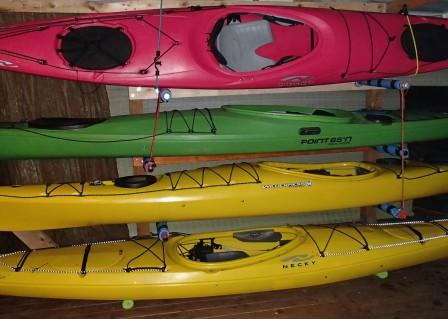I’m pleased to announce that SSKS classes for 2019 will begin in mid-May, and the schedule for May through July is now available on the website. The class schedule for August into October will be posted in June.
Don’t forget that custom scheduling is available, so if you can’t make one of the regular dates, PLEASE let me know; and I’ll do everything possible to accommodate your needs! If you have a group of more than 4 people and wish to do a Taste of Sea Kayaking event, we can work with you. We’ve also added some more kayaks that fit smaller folks and can now have children as young as 10 participate, when accompanied by parents.
Looking forward to seeing you on the water this season! Ted







